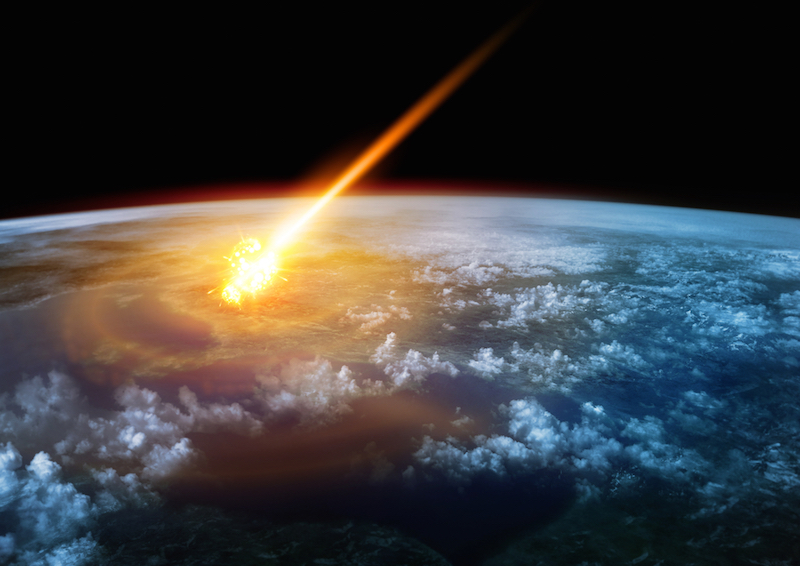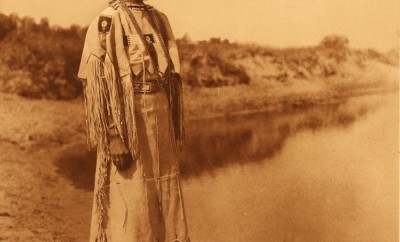Cultures
New evidence strengthens the asteroid impact theory

Image: solarseven/Shutterstock
One of modern science’s greatest mysteries is the extinction of dinosaurs. While we’ve got new technology to further push the boundaries of science, there are still too many theories and factors for researchers to come to a consensus. One such theory, the Asteroid Impact Theory, hypothesizes that an asteroid impacted the Earth around 66 million years ago with enough force to wipe out most of complex life.
A new crop of research by James Witts of the University of Leeds found plenty of evidence to back up the long-contested Asteroid Impact Theory. Upon an excavation of soil and sediment on Seymour Island in the Antarctic Peninsula, Witts found a bunch of “boring” data. He said, “The sedimentology is consistently, remarkably boring. More than 1,000 meters of sandy silt and silty sand!”
What does that prove? Well, everything! To Witts, at least. You see, an opposing theory to the Asteroid Impact Theory hypothesizes that the mass extinction of complex life was predated by a few hundred thousand years of deteriorating environmental conditions. But Witts’ findings prove the opposite, at least in Antarctica. His collected sediment, containing over 6,000 fossils, is utterly consistent from top to bottom.
According to Witts, “The fact that the fossil disappearances occur directly below the interval containing the iridium anomaly suggests the link between impact and extinction is still the key to understanding the pattern we see in the fossil record.” The iridium anomaly he mentions is in reference to a globally recognized layer of sediment that is typically used as a boundary for the end of the Cretaceous Period.
Nearly every scientist agrees that by the end of the Cretaceous Period, a mass extinction occurred. So, in Witt’s mind, the consistency of fossils that lead directly to the abrupt iridium anomaly means one thing: Life in Antarctica hadn’t changed much before the extinction occurred.
So is Witts’ research enough to sway the scientific community? No. But it absolutely strengthens the current research on the Asteroid Impact Theory by proving that life in Antarctica was consistent before ending abruptly. And as our research tools get more advanced over time, there’s a chance that even better evidence will be found to strengthen the Asteroid Impact Theory, too.
Do you believe in the Asteroid Impact Theory? And if so, what do you theorize we’ll uncover in the future?





0 comments